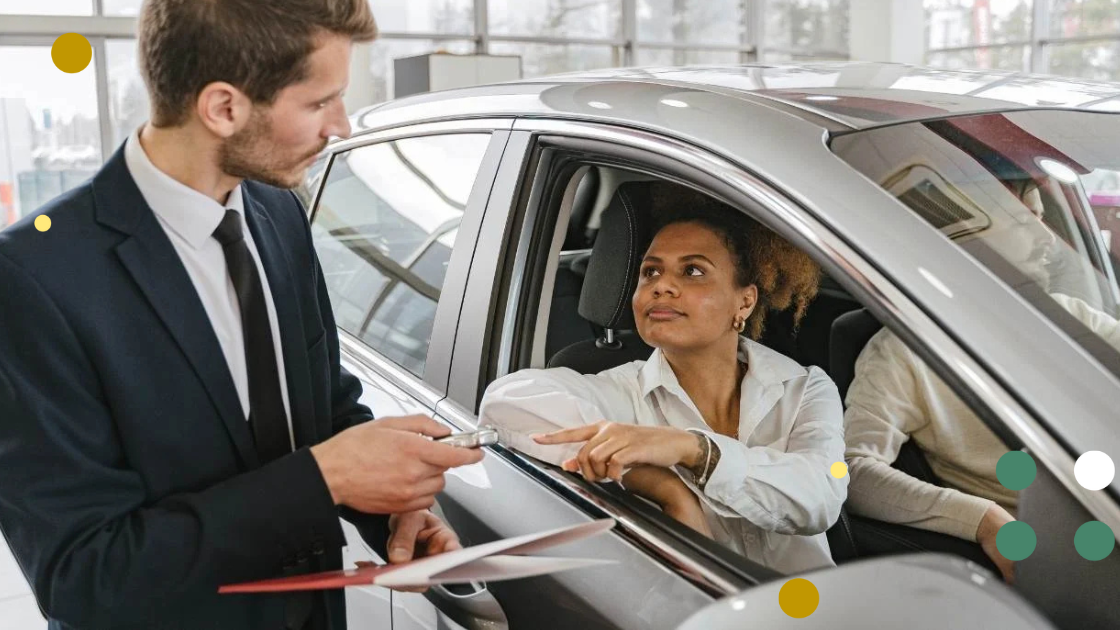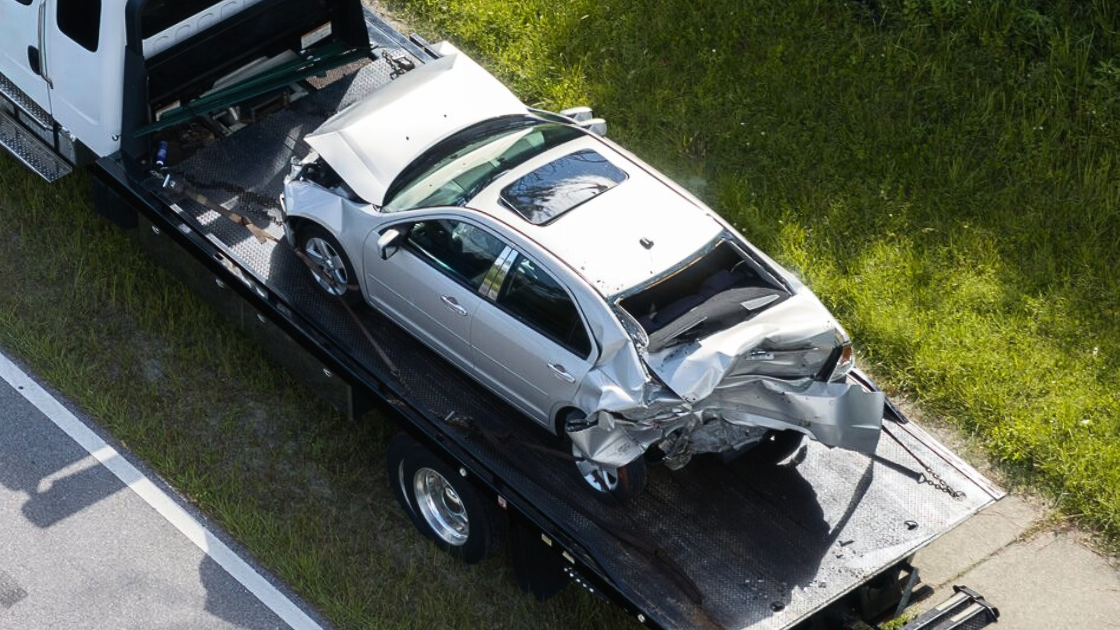
Welcome to another edition of the Car Dealership Guy Podcast Recap, featuring the key lessons from top operators, founders, and execs shaping the future of auto retail.
Today’s guest is Shane Wilson, President of Connected Dealer Services and the team behind the CarRx platform.
Together, Wilson and guest host Sam D’Arc, discuss how a GPS tracking bug led to discovering the perfect real-time vehicle health data for better service retention.



Dealers often struggle to unify connected car data across multiple brands.
Large dealer groups that own several different franchises face a visibility problem. Each manufacturer provides its own telematics system that only tracks their brand's vehicles, meaning a fixed ops director looking at service opportunities across all locations has to log into many separate systems that don't communicate with each other.
"When you look at the group level, they have multiple franchises, multiple brands. 50% of their inventory is used. You need coverage. We're that umbrella to go over the entire group. We're agnostic to brand and new and used."
The problem is, OEMs only care about their own brand's vehicles, leaving groups to either build their own systems from scratch or operate completely blind on service retention opportunities across half their business.

Disparate data makes reconciling GPS tracking with theft prevention extremely difficult.
Dealerships often sell GPS devices through the F&I office for theft protection, but in most cases, the technology has a fundamental flaw. When a technician installs Device #47291 in a vehicle for example, someone has to manually write down which VIN that device is tracking.
"The original problem we tried to solve is without tying into the data of the vehicle, you don't know what the VIN is. Thinking about tracking vehicles, relying on human error, all of that."
Those manual records get lost, entered wrong, or never recorded at all. So when a device starts pinging at 3 a.m. because a car is being stolen, the dealer has no idea which specific car was taken, which customer to call, or what VIN to report to police. But CarRx wires directly into the OBD port so the device automatically reads the VIN from the vehicle's computer, eliminating human error completely.
But solving that identification issue accidentally unlocked something much bigger.

Real-time vehicle health monitoring could create endless opportunities for service retention.
Once CarRx connected to vehicle computers to pull VIN numbers, the engineering team realized the same connection gave them access to check engine lights, battery voltage, fuel levels, and exact odometer readings across any make and model.
"We started realizing all of these other data points that we could find. We can get fuel. We can get check engine light data, vehicle health data. It just completely pivoted our company."
And dealers are utilizing this cohesive view into vehicle diagnostics to target specific drivers with service reminders or offers.

Analyzing battery voltage data revealed a huge service opportunity dealers have been missing for decades.
When a consumer's car battery dies, their first instinct is to drive to AutoZone or Advance Auto Parts to buy a replacement, not to call their dealership's service department.
"When you think as a consumer, when your battery goes, I don't immediately think about going to the dealer to get that fixed. I'm going to go to an AutoZone."
Real-time battery health monitoring changes this dynamic completely. Dealers can now call customers two weeks before their battery fails and schedule a replacement appointment before they're stranded with a dead car. The same predictive capability applies to tires, where the system tracks tread wear and driving patterns to forecast when replacement is actually needed rather than guessing based on industry averages.
Presented by:
1. Connected Dealer Services - Staying connected after the sale isn’t optional anymore, it’s your competitive edge. Connected Dealer Services, creators of CarRx, help you transform every car on your lot into an ongoing customer relationship. Their connected-car technology powers real-time tracking, stolen-vehicle recovery, and service alerts that keep customers engaged long after they drive off the lot. From protecting your inventory to driving retention and fixed-ops growth, CarRx turns vehicle data into real, measurable profit. Discover how @ CarRx.com/Retention.
2. S&P/IHS Global - With over 1,000 segments, across Service, Trade-In and In-Market Shoppers across, Polk Auto Direct gives dealers the best return out of every dollar spent. The self-serve platform includes multi-dealer management capabilities and targeting up to a 50-mile radius. Save now with special discounts for new sign-ups through November 30! Visit PolkAutoDirect.com today.
3. Amazon Autos - With Amazon Autos, your dealership can reach more buyers, drive more sales, and deliver a modern, more delightful car-buying experience. Learn more @ sell.amazon.com/programs/autos.

Regional climate differences require different maintenance schedules than OEM recommendations.
Manufacturers provide Schedule A maintenance intervals that apply nationally, but dealers operating in Michigan face completely different service needs than dealers in Phoenix or Scottsdale due to climate variations.
"The dealer and their region and what is required, they're always going to know best. They have the boots on the ground right at that location."
Dealers can now customize maintenance schedules in the platform to match their specific regional requirements and their own prepaid maintenance programs, rather than being locked into one-size-fits-all OEM intervals that don't account for salt exposure, extreme heat, or other local factors.

The platform feeds data into dealer CRM and DMS systems through APIs.
CarRx doesn't replace existing dealership technology stacks but complements them by providing vehicle data that other systems can't access across multiple brands and used inventory.
"We're built to be able to send that through APIs or any format that the dealer group may want so they can adjust it any way they want."
Real odometer readings, check engine light alerts, and battery health data flow into other dealer systems, allowing groups to layer vehicle insights onto their existing customer data for more targeted marketing, service campaigns, and inventory valuation decisions.

Service customers return to buy their next vehicle at a 74% rate.
Some locations are now booking 1,600 to 2,000 service appointments per month by reaching out to customers about vehicle problems before the customers themselves are aware anything is wrong.
"Our North Star metric is service appointments. If we can book an additional service appointment, even just one per consumer in F&I, that's huge for the dealer."
F&I departments sell the product as stolen vehicle recovery protection with plans ranging from one to seven years that add $600 to $1,200 in PVR. But the lasting value comes from the dealer-branded mobile app that remains connected to the vehicle for years, continuously feeding service opportunities back to the dealership.












